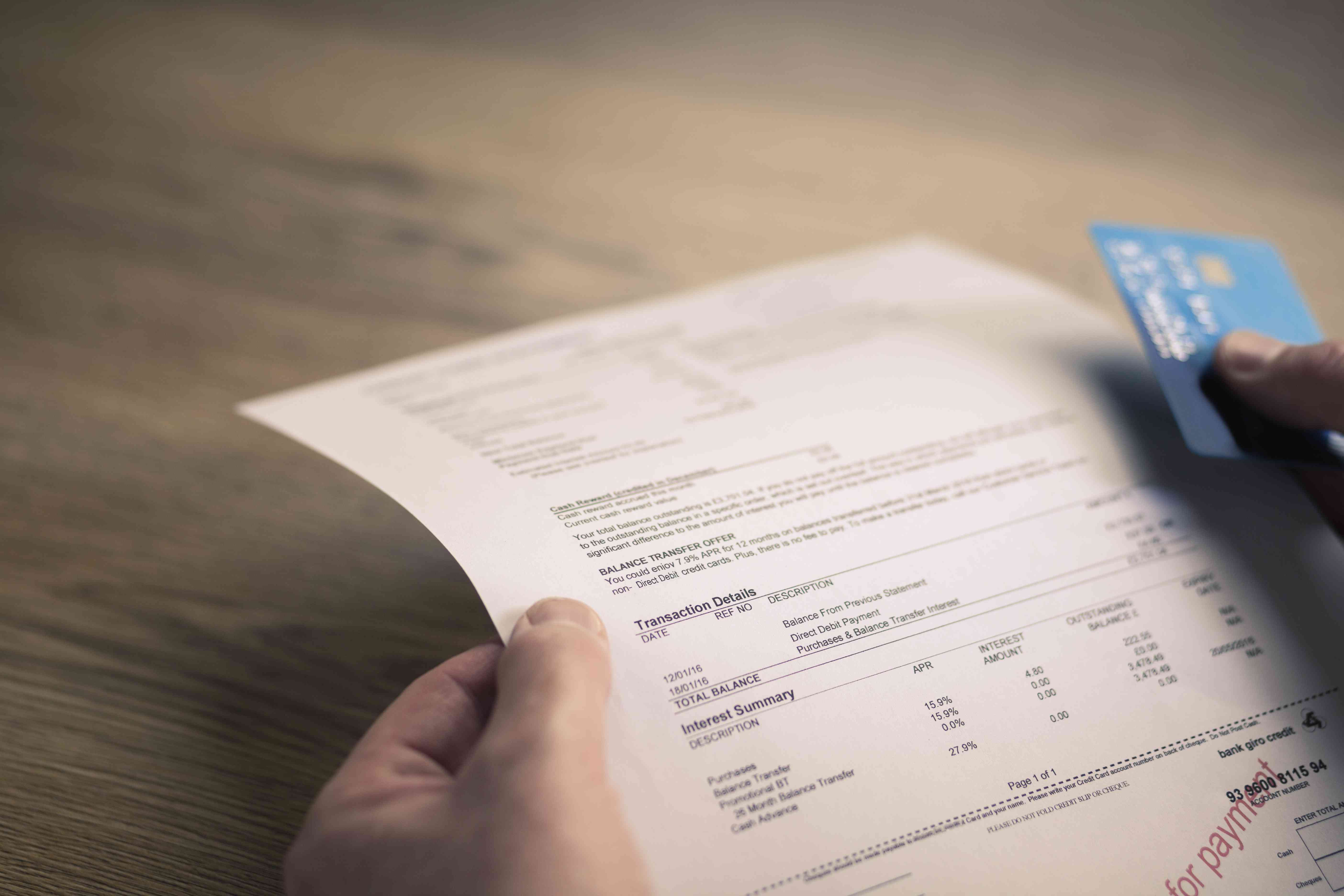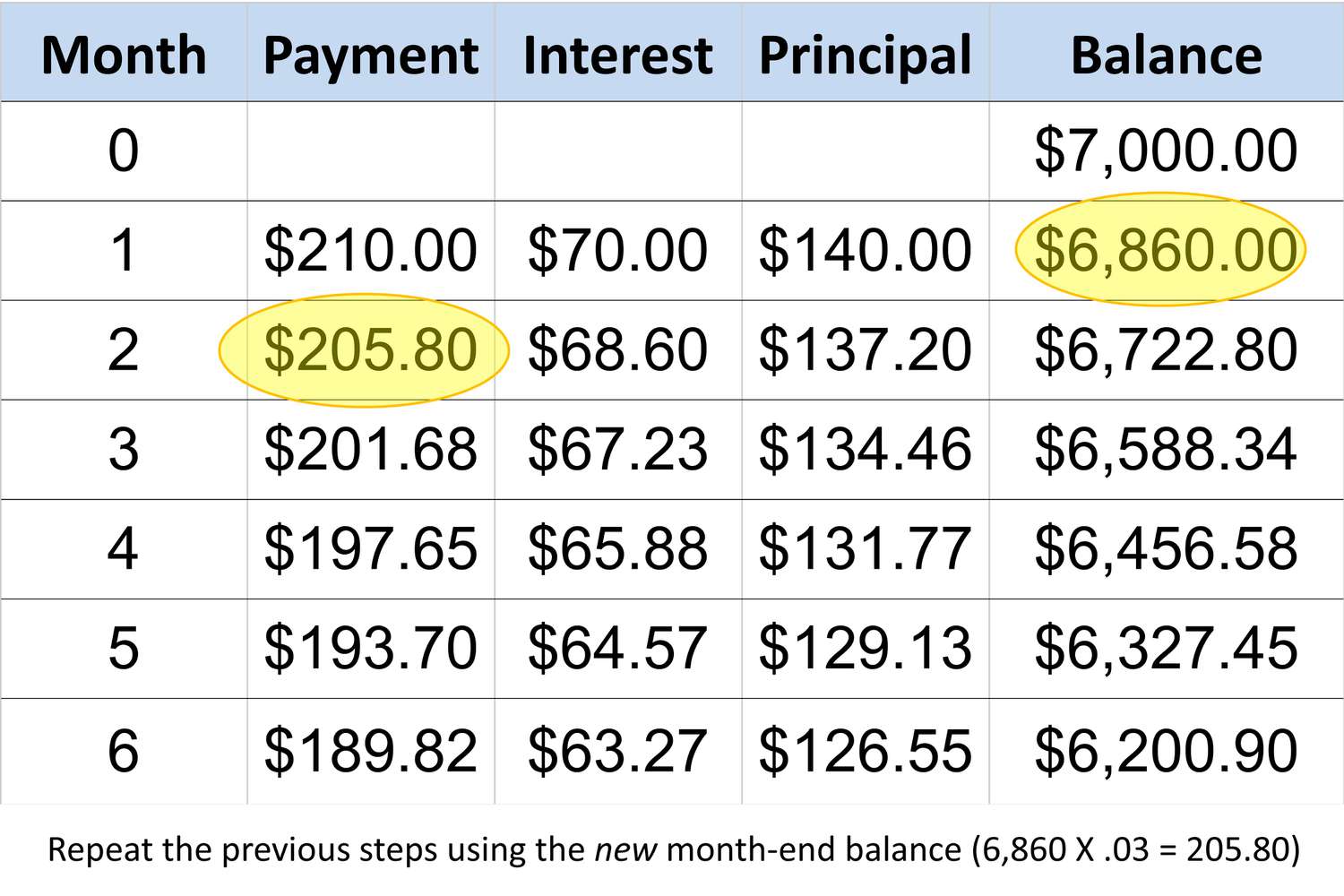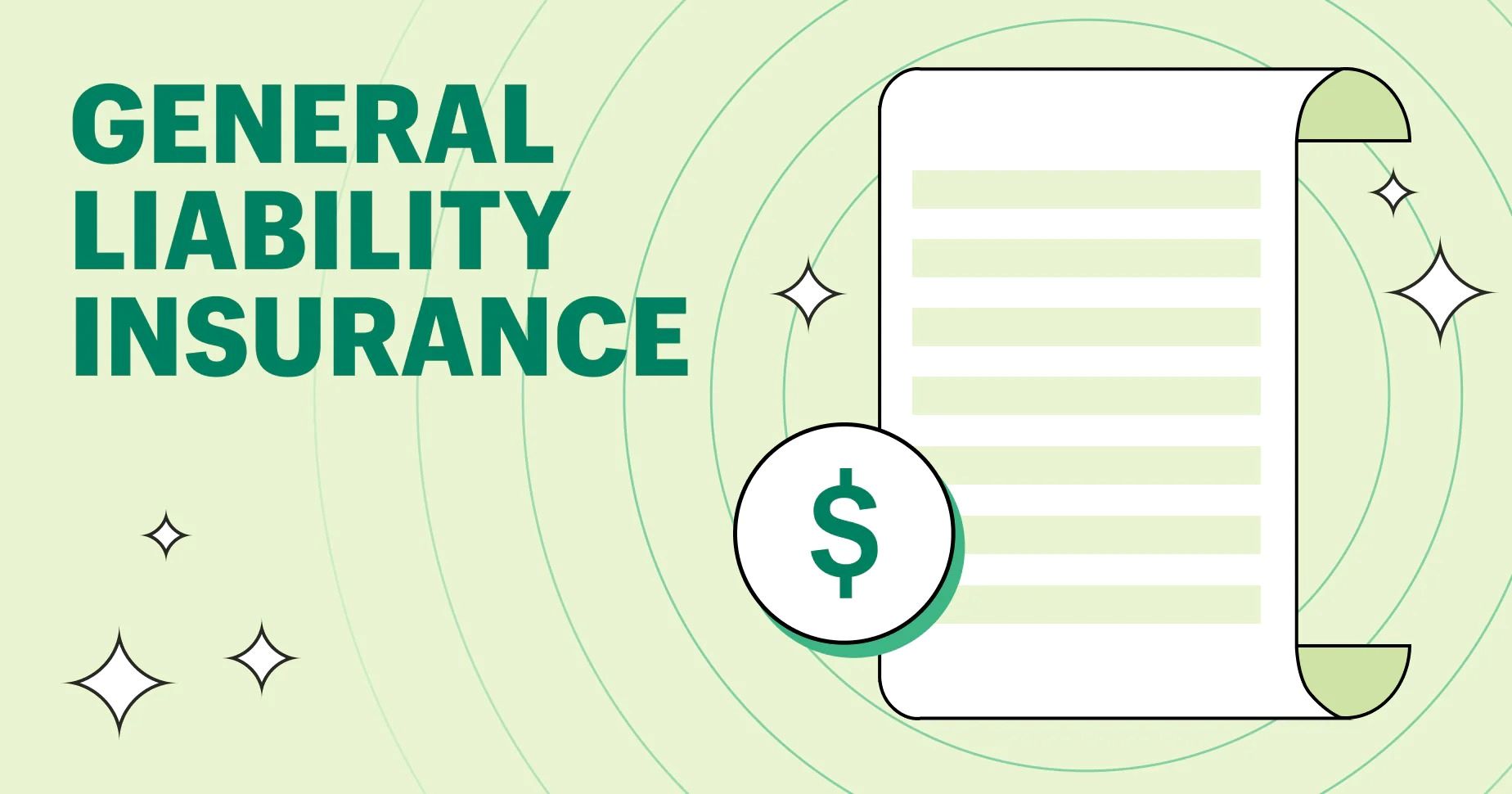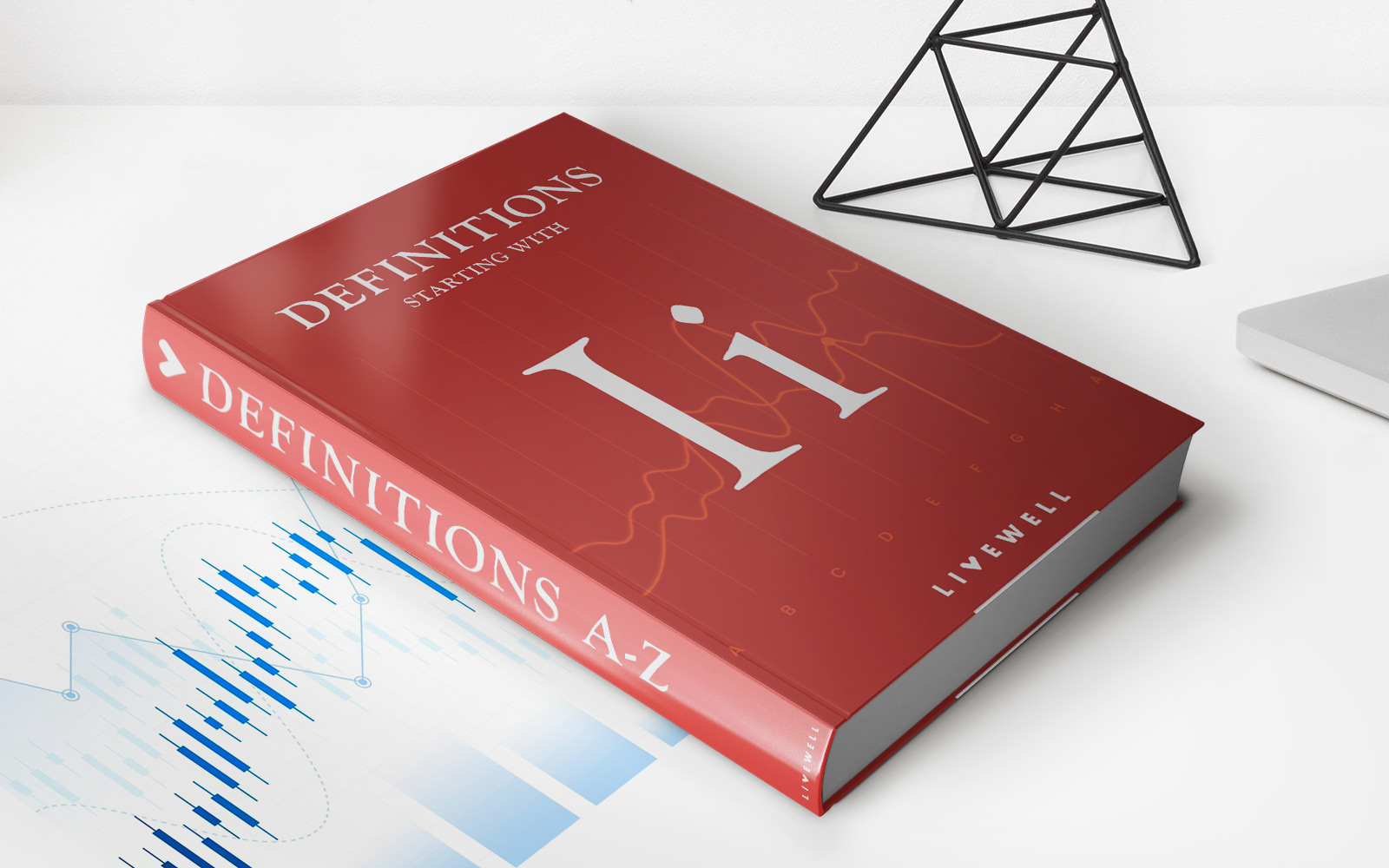Home>Finance>How To Calculate Student Loan Payments For A VA Loan


Finance
How To Calculate Student Loan Payments For A VA Loan
Published: November 3, 2023
Calculate your student loan payments for a VA Loan with our easy-to-use finance calculator. Make informed decisions about your finances and plan for the future.
(Many of the links in this article redirect to a specific reviewed product. Your purchase of these products through affiliate links helps to generate commission for LiveWell, at no extra cost. Learn more)
Table of Contents
Introduction
Applying for a VA loan is a great option for veterans and active-duty military personnel looking to purchase a home. These loans offer advantages such as no down payment requirements and more lenient credit qualifications. However, when it comes to calculating student loan payments for a VA loan, the process can seem daunting.
Understanding how student loan payments are factored into your VA loan application is crucial to determine your eligibility and the amount you can borrow. This article will guide you through the process of calculating student loan payments for a VA loan, helping you navigate this aspect of the application with confidence.
Before we delve into the calculation process, let’s take a moment to understand what VA loans are and why they are popular amongst military personnel.
A VA loan is a type of mortgage loan guaranteed by the U.S. Department of Veterans Affairs, designed to provide affordable housing options to veterans, active-duty military members, and eligible surviving spouses. These loans are offered by private lenders, such as banks and mortgage companies, with the added benefit of VA backing. This guarantee eliminates the need for a down payment and often allows for more favorable terms and interest rates.
Now that we have a basic understanding of VA loans, let’s explore the factors you need to consider when calculating student loan payments for your VA loan application.
Understanding VA Loans
Before diving into the intricacies of calculating student loan payments for a VA loan, it’s essential to have a clear understanding of the VA loan program and its key features.
VA loans are designed to provide accessible and affordable homeownership options to veterans, active-duty military members, and eligible surviving spouses. These loans are backed by the U.S. Department of Veterans Affairs, which guarantees a portion of the loan to the lender. This guarantee reduces the risk for lenders, allowing them to offer more favorable terms and conditions to borrowers.
One of the most significant advantages of VA loans is that they typically do not require a down payment. This can be a game-changer for many military personnel who may not have substantial savings for a traditional mortgage down payment. Additionally, VA loans do not require private mortgage insurance (PMI), another significant cost-saving factor.
In terms of eligibility, veterans who have served at least 90 consecutive days during wartime or 181 days during peacetime are typically eligible for a VA loan. Active-duty military personnel and National Guard members with at least six years of service are also eligible. Eligible surviving spouses of veterans may also be eligible for a VA loan.
It’s important to note that while the VA guarantees the loan, private lenders actually originate and service VA loans. This means that lenders will have their own requirements and criteria for approving VA loan applications, in addition to the basic eligibility requirements set by the VA.
When applying for a VA loan, lenders will assess your financial situation, including your income, credit history, and existing debts. This is where your student loan payments come into play. Lenders will consider your monthly student loan payments as part of your debt-to-income ratio (DTI), which ultimately affects your eligibility and the loan amount you can qualify for.
Now that we have a solid understanding of VA loans, let’s delve into the factors to consider when calculating student loan payments for your VA loan application.
Factors to Consider for Student Loan Payments
When calculating student loan payments for a VA loan, there are several key factors to consider. These factors can impact your eligibility for a VA loan and determine the loan amount you can qualify for. Let’s explore these factors in more detail:
- Loan Repayment Plan: The type of repayment plan you have for your student loans will affect the monthly payment calculation. There are various repayment plans available, such as standard repayment, extended repayment, income-driven plans, and graduated repayment. Each plan has its own formula for calculating monthly payments, and it’s crucial to understand the specific terms of your repayment plan.
- Interest Rate: The interest rate on your student loans plays a significant role in determining your monthly payment amount. Higher interest rates will result in higher monthly payments, while lower interest rates will lower your monthly payment amount.
- Loan Balance: The total amount of your student loan balance will impact your monthly payment amount. Generally, a higher loan balance will result in higher monthly payments, as you’ll be required to pay off a larger amount over a shorter period of time.
- Loan Term: The term of your student loan refers to the length of time you have to repay the loan. Longer loan terms typically result in lower monthly payments, but you’ll end up paying more interest over the life of the loan. Shorter loan terms will have higher monthly payments, but you’ll pay off the loan faster and pay less interest in the long run.
- Loan Type: The type of student loan you have, whether federal or private, can impact the calculation of your monthly payment. Federal student loans offer more flexibility with repayment options, such as income-driven plans, while private student loans may have stricter terms and less repayment flexibility.
Considering these factors will help you accurately calculate your monthly student loan payment, which is crucial for determining your debt-to-income ratio (DTI) and your eligibility for a VA loan. In the next section, we will dive into the process of calculating your monthly student loan payments.
Calculating Monthly Student Loan Payments
Calculating your monthly student loan payments is a crucial step in determining your debt-to-income ratio (DTI) and your eligibility for a VA loan. To calculate your monthly student loan payment, you’ll need to consider the factors we discussed in the previous section, such as the loan repayment plan, interest rate, loan balance, loan term, and loan type. Here’s an overview of the process:
- Gather Information: Start by gathering all the necessary information about your student loans, including the loan balance, interest rate, loan term, and repayment plan. You can find this information by referring to your loan statements or contacting your loan servicer.
- Understand the Repayment Plan: Familiarize yourself with the terms and conditions of your repayment plan. Different repayment plans have unique formulas for calculating monthly payments. For example, if you have a federal loan with an income-driven repayment plan, your monthly payment will be based on your income and family size.
- Use Online Calculators: Take advantage of online calculators specifically designed for estimating student loan payments. These calculators allow you to input the necessary details of your loan and generate an estimate of your monthly payment.
- Contact Your Loan Servicer: If you’re unsure about your repayment plan or need more accurate information, reach out to your loan servicer. They can provide you with the specific details of your loan and assist you in calculating your monthly payment.
- Review Your Monthly Payment: Once you have a calculated estimate of your monthly student loan payment, review it to ensure accuracy. Check if it aligns with your loan servicer’s information and review any potential changes in your repayment plan that may affect your monthly payment in the future.
By going through this process, you’ll have a better understanding of your monthly student loan payment and how it fits into your overall financial picture. This information will be invaluable in determining your debt-to-income ratio and eligibility for a VA loan.
In the next section, we’ll explore how student loans impact VA loan eligibility and what you need to consider when applying for a VA loan.
Determining Debt-to-Income Ratio
When it comes to obtaining a VA loan, one of the key factors lenders consider is your debt-to-income ratio (DTI). Your DTI is a measure of your monthly debt obligations compared to your monthly income, and it helps lenders assess your ability to manage additional debt. Student loan payments play a significant role in calculating your DTI. Here’s how it works:
To determine your DTI, start by adding up all your monthly debt payments, including your potential VA loan payment, credit card payments, car loan payments, and, most importantly, your student loan payments. Calculate the total sum of these monthly debt payments.
Next, calculate your monthly gross income, which includes your salary or wages, any additional sources of income, and any consistent and predictable overtime or bonus income. Your monthly gross income is the amount of money you earn before taxes and deductions.
To calculate your DTI, divide your total monthly debt payments by your monthly gross income and multiply the result by 100. The resulting percentage is your DTI.
For example, if your total monthly debt payments amount to $1,500 and your monthly gross income is $5,000, your DTI can be calculated as follows:
(1,500 ÷ 5,000) × 100 = 30%
In the example above, the DTI is 30%, indicating that 30% of your monthly gross income is allocated towards debt payments. Lenders typically have specific DTI requirements for VA loans, often ranging between 41% and 50%. Keep in mind that these percentages can vary depending on lenders and individual circumstances.
It’s important to note that when calculating your DTI, lenders may consider your minimum monthly payment on your student loans. However, if your monthly payment is nearing the end of your loan term and will significantly decrease in the near future, lenders may use alternative methods to determine your student loan payment amount for DTI calculations.
Understanding your DTI is vital because it not only affects your eligibility for a VA loan, but it also determines the maximum loan amount you can qualify for. Lenders typically aim for a lower DTI to ensure that you can comfortably manage your monthly debt payments.
In the next section, we will discuss how student loans impact VA loan eligibility and what you need to consider when applying for a VA loan.
How Student Loans Affect VA Loan Eligibility
Student loans can have a significant impact on your eligibility for a VA loan. As mentioned earlier, lenders consider your debt-to-income ratio (DTI) when assessing your ability to afford a mortgage payment. Here’s how student loans specifically affect VA loan eligibility:
1. DTI Requirements: Lenders typically have maximum DTI requirements for VA loans, which can vary but generally fall between 41% and 50%. This means that your total monthly debt obligations, including your student loan payments, should not exceed a certain percentage of your gross income. Higher student loan payments can push your DTI beyond the acceptable range, potentially impacting your eligibility for a VA loan.
2. Loan Amount: Your student loan payments directly affect the loan amount you can qualify for. Higher monthly student loan payments reduce the amount of income available for mortgage payment, which can decrease the maximum loan amount lenders are willing to offer you. It’s important to carefully consider your student loan payments when determining the affordability of a VA loan.
3. Creditworthiness: Student loans, like any other debt, contribute to your overall credit picture. Lenders evaluate your creditworthiness when approving a VA loan application. If you have missed or late payments on your student loans, it can negatively impact your credit score and potentially affect your eligibility for a VA loan or increase the interest rate you receive.
4. Deferment or Forbearance: In some cases, borrowers may have student loans in deferment or forbearance, meaning the loan payments are temporarily suspended or reduced. While this can help alleviate current financial strain, lenders may still include an estimated monthly payment in the DTI calculation. It’s important to consult with your lender to understand how they consider these suspended or reduced payments in the loan approval process.
5. Eligibility for Loan Guaranty: To be eligible for a VA loan guaranty, you must meet the VA’s minimum guidelines, including having sufficient income to cover the mortgage payment, property taxes, insurance, and other monthly debts, including student loan payments. Your student loan payments are taken into consideration when determining if you meet these guidelines.
It’s crucial to discuss your student loan situation with your lender and provide accurate information during the loan application process. Lenders will assess your financial stability and ability to manage your current and future debt obligations, including student loans.
Next, we will outline the steps to calculate your student loan payments specifically for a VA loan application.
Steps to Calculate Student Loan Payments for a VA Loan
Calculating your student loan payments specifically for a VA loan application involves a few important steps. By following these steps, you can ensure an accurate calculation and provide the necessary information to your lender. Here’s a step-by-step guide to calculating your student loan payments for a VA loan:
1. Gather Loan Information: Collect all the details about your student loans, including the loan balance, interest rate, loan term, and repayment plan. You can find this information on your loan statements or by contacting your loan servicer.
2. Determine the Repayment Plan: Understand the specific terms and conditions of your student loan repayment plan. Different plans have different formulas for calculating monthly payments. For example, if you have a federal loan with an income-driven repayment plan, your payment will be based on your income and family size.
3. Calculate Monthly Payments: Use online calculators or formulas provided by your loan servicer to determine your monthly student loan payments based on your repayment plan. Take into account factors such as interest rate, loan balance, and loan term to accurately calculate your monthly payments.
4. Consider Potential Changes: If there are any expected changes in your student loan payments, such as nearing the end of a loan term and anticipating lower monthly payments, discuss these changes with your lender. They may require additional documentation or alternative methods of calculating your payment amount for VA loan eligibility purposes.
5. Provide Documentation: Gather all the necessary documentation related to your student loans, including loan statements, repayment plan details, and any communications with your loan servicer. You may need to submit this documentation to your lender when applying for a VA loan.
6. Communicate with Your Lender: Openly communicate with your lender about your student loan situation. Provide accurate information and be transparent about any potential changes or challenges related to your student loan payments. This will help your lender assess your eligibility and determine the appropriate loan amount.
By following these steps and working closely with your lender, you can accurately calculate your student loan payments for a VA loan application. Providing accurate information and understanding the impact of your student loans on your overall financial picture will help ensure a smooth loan approval process.
Next, we will conclude by summarizing the key points discussed in this article.
Conclusion
Calculating student loan payments for a VA loan is an essential step in the mortgage application process for veterans and active-duty military personnel. Understanding the impact of your student loans on your debt-to-income ratio and loan eligibility is crucial to navigate this aspect of the application smoothly.
In this article, we explored the factors to consider when calculating student loan payments, such as the repayment plan, interest rate, loan balance, loan term, and loan type. We also discussed how student loans can affect your eligibility for a VA loan, including the debt-to-income ratio requirements, loan amount considerations, and creditworthiness.
To calculate your student loan payments for a VA loan application, it is important to gather accurate loan information, determine the repayment plan, use online calculators or formulas to calculate monthly payments, and communicate with your lender throughout the process. Providing the necessary documentation and being transparent about your student loan situation will enable your lender to assess your eligibility and determine the loan amount you qualify for.
Remember that each lender may have specific requirements and guidelines for student loan calculations, so it’s essential to communicate effectively with your lender and provide accurate information to ensure a smooth loan approval process.
Ultimately, understanding how student loan payments impact your VA loan application will help you make informed decisions and plan your finances effectively. By accurately calculating your student loan payments, considering your debt-to-income ratio, and working with your lender, you can navigate the VA loan application process with confidence and increase your chances of qualifying for a VA loan to achieve your dream of homeownership.














